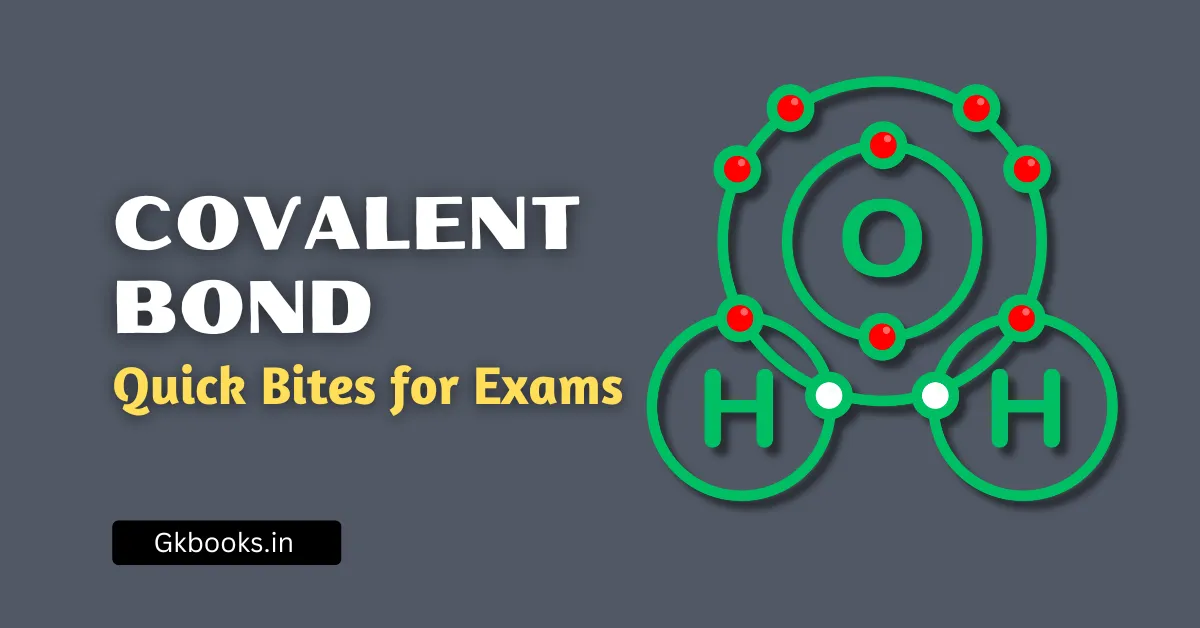Cuticle: A Protective Layer
The cuticle is an important protective layer found in both plants and animals. It plays a crucial role in preventing water loss, offering protection, and maintaining overall health. In this article, we will explore its structure, function, and significance in detail. What is a Cuticle? The cuticle is a thin, outermost layer found in many … Read more


